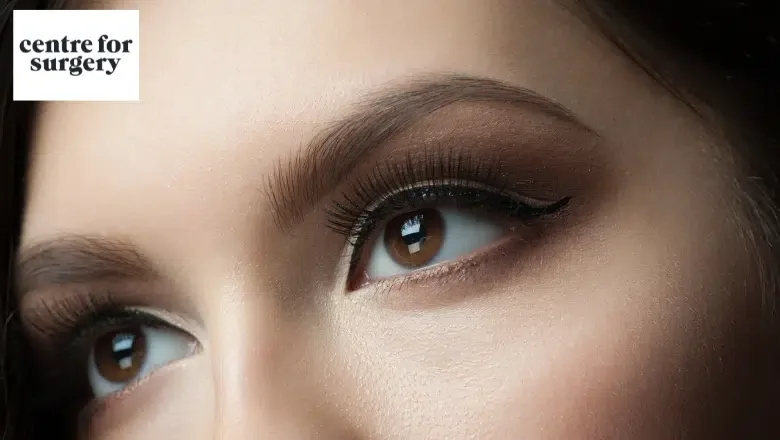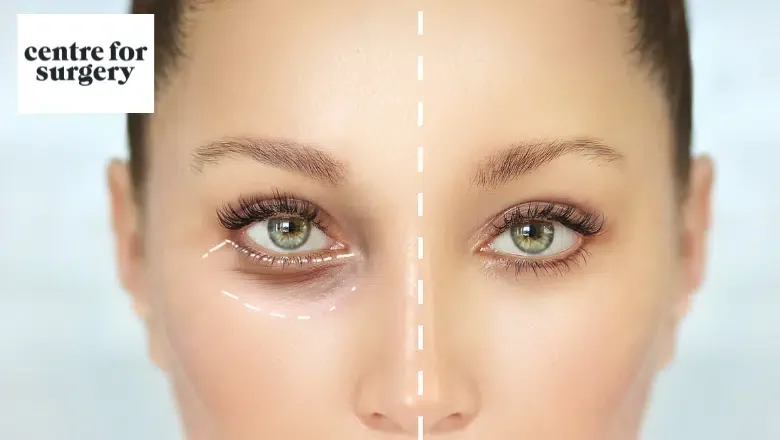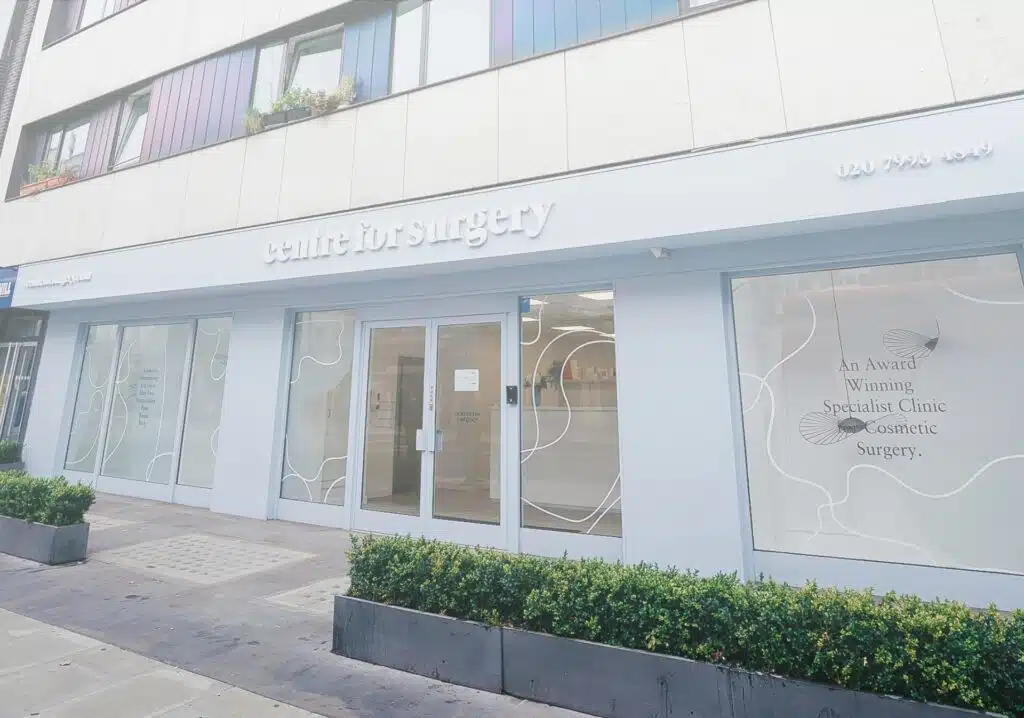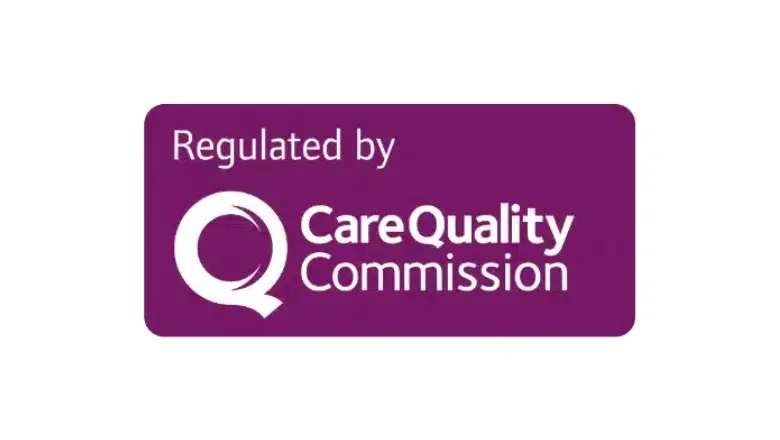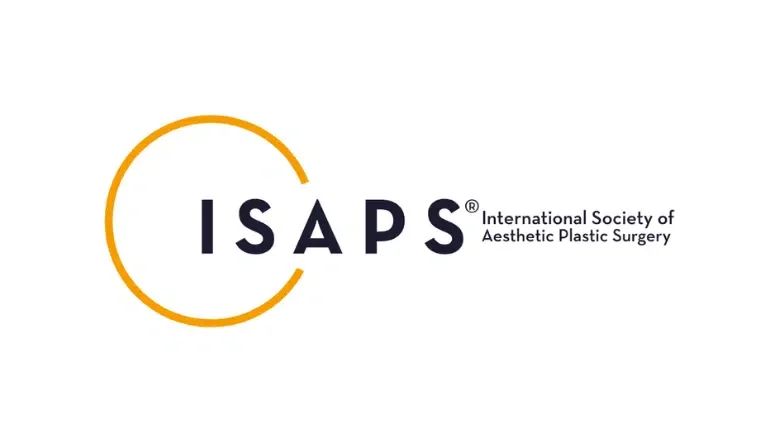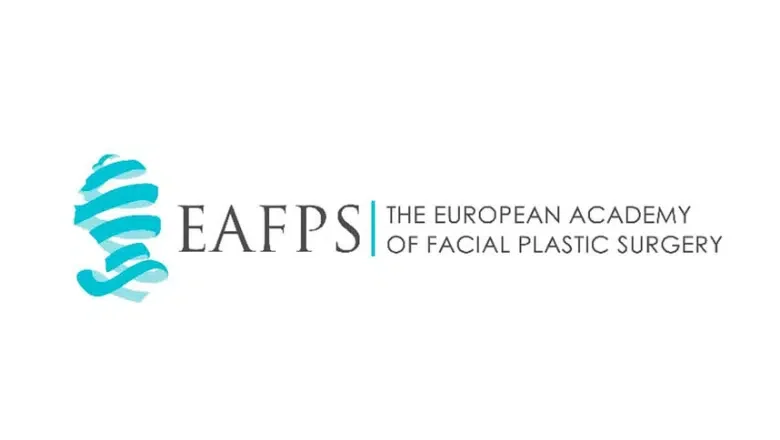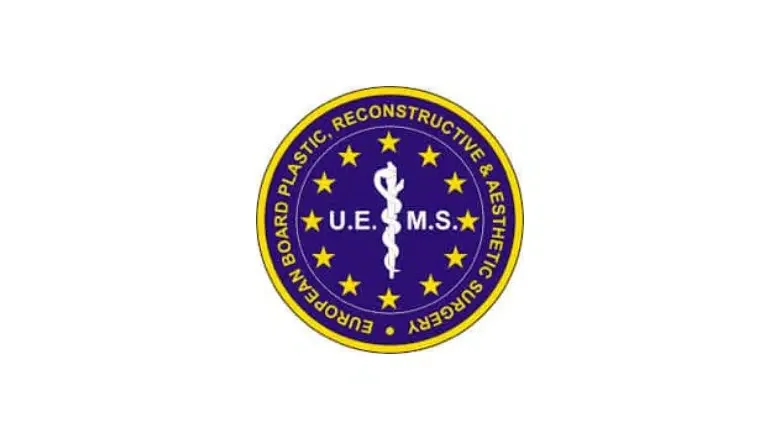Enhancing and Restoring Beauty with Blepharoplasty – Eyelid Lift Surgery at Centre for Surgery
The allure of captivating eyes lies in the perfect harmony of various elements, such as eye shape, eyelid structure, and eye colour. A seamless blend of these features contributes to the overall aesthetics of the eyes.
Sagging or excessively thick eyelids, whether on the top or bottom, can negatively impact the appearance of the eyes. Fortunately, blepharoplasty, or eyelid lift surgery, can address this issue effectively. Patients considering this procedure often inquire about the recovery process, the time it takes for stitches to dissolve, and other pertinent details.
Centre for Surgery, a leading facial plastic surgery clinic in the UK, boasts a team of surgeons with in-depth knowledge of facial anatomy and expertise in performing various procedures. Our specialists are committed to helping patients achieve their desired results by providing exceptional care and guidance throughout the entire process.
RELATED: Eyelid Surgery FAQs – Q&A about Blepharoplasty
Understanding Blepharoplasty: An Overview and Its Benefits
Blepharoplasty, or eyelid lift surgery, is a cosmetic procedure aimed at eliminating surplus skin from the upper and/or lower eyelids to rejuvenate one’s appearance and eradicate the signs of fatigue. The primary cause of this excess, drooping skin is ageing, which affects the delicate skin around the eyes and neck.
As we age, our bodies produce less elastin and collagen, leading to a decline in the skin’s structural integrity. The consequences of this decrease are more pronounced in the sensitive areas around the eyes and neck, often the first to display the visible effects of diminished elastin and collagen levels.
An In-Depth Look at the Blepharoplasty Procedure and What to Expect
Blepharoplasty, or eyelid lift surgery, is frequently performed by plastic surgeons. Despite its routine nature, it is a complex surgery reserved for individuals who meet specific criteria for the operation.
RELATED: What Does Eyelid Surgery Involve?
The initial step in your blepharoplasty journey involves consulting a qualified plastic or cosmetic surgeon. Selecting a surgeon with outstanding reviews and extensive experience is crucial, as this can significantly minimise the risk of complications following the procedure.
During this consultation, you can discuss the procedure in detail and determine if it is the appropriate solution for your needs. The surgeon will carefully evaluate your condition and consider factors such as your age, skin type, and overall health to ensure you are an ideal candidate for the surgery.
Once you have been deemed suitable for the procedure, the surgeon will explain the surgical process, the techniques they will employ, and the expected outcomes. You will also be informed about the possible risks and complications, as well as the necessary pre-operative preparations and post-operative care instructions.
On the day of the surgery, you will be administered anaesthesia, either local with sedation or general, depending on the surgeon’s recommendation and your personal preference. The surgeon will then make precise incisions along the natural creases of your eyelids to minimise scarring. Excess skin, fat, and muscle will be removed or repositioned to create a more youthful and rejuvenated appearance.
After surgery, your incisions will be closed using sutures, adhesive strips, or surgical glue, depending on the specific technique employed. The recovery period will vary from patient to patient. Still, most can expect to resume normal activities within one to two weeks, with the final results becoming apparent over the following weeks and months.
RELATED: Natural Looking Blepharoplasty in London
Healing After a Blepharoplasty Procedure
Recovering from a blepharoplasty procedure typically takes around two weeks, and during this time, it is crucial to take special care of your eyelids to prevent complications that could negatively impact the final results.
RELATED: How Long Is Blepharoplasty Recovery?
Throughout the 2 to 3-week recovery period, you may experience swelling, bruising, and mild discomfort, particularly during the initial week. The swelling may temporarily make your eyes appear smaller. However, as the swelling subsides over time, the true results will become more apparent.
To ensure a smooth recovery, avoid strenuous activities that could elevate your blood pressure and potentially lead to complications. Additionally, refrain from driving until any blurry vision you may experience has completely resolved, as this will help reduce the risk of accidents.
During this healing phase, following your surgeon’s postoperative care instructions is crucial. These may include using cold compresses to minimise swelling and bruising, elevating your head while sleeping, and adhering to any prescribed medications or eye drops.
RELATED: How to Reduce Bruising and Swelling after Eyelid Surgery
By taking the necessary precautions and adhering to your surgeon’s recommendations, you can optimise your recovery and achieve the best possible outcome from your blepharoplasty procedure.
Dissolving Stitches After a Blepharoplasty Procedure
The time it takes for stitches to dissolve following a blepharoplasty procedure varies based on the suture material used. In general, most dissolvable stitches begin to break down within two weeks and are no longer visible by the third week of recovery.
Many patients express concern about potential pain or irritation as the stitches dissolve. However, the dissolving process is typically painless and does not cause any discomfort. While you may not feel the stitches dissolving, you will certainly observe the results as your incisions heal.
Dissolvable stitches are often preferred because they result in a faster recovery than traditional sutures. However, if you are uncomfortable with dissolvable stitches, you can opt for traditional non-dissolvable sutures for your blepharoplasty procedure. These sutures will need to remain in place for about a week, after which you will need to visit your surgeon for a follow-up appointment to assess the healing progress and remove the sutures.
By understanding the different suture options and their respective timelines, you can make an informed decision about which type best suits your needs and comfort level.
Frequently Asked Questions About Blepharoplasty
What is the ideal age for blepharoplasty?
Most people undergo blepharoplasty after age 40 when the effects of ageing become more apparent. This age range typically yields the best and longest-lasting results.
RELATED: What Is The Ideal Age for Blepharoplasty?
What will I look like after blepharoplasty?
During the initial recovery period, you may experience puffy eyelids, bruising, and mild discomfort. The incision site may appear red, but these side effects typically resolve within the first two weeks. The full results of the procedure may take some time to become apparent.
Why do my eyes look smaller after blepharoplasty?
Swelling during the initial recovery phase can cause the eyes to appear smaller. This swelling usually subsides within the first three months.
When will my eyes look normal after eyelid surgery?
Swelling around the eyes usually begins to decrease within the first week of recovery. By the tenth day, your eyes should return to a more youthful appearance without puffiness.
Can you watch TV after eyelid surgery?
Watching TV immediately after eyelid surgery is not recommended. However, you can generally resume watching TV after 3 to 5 days following the procedure.
How long do blepharoplasty results last?
Blepharoplasty results are typically long-lasting, with lower eyelid procedures rarely requiring a second surgery. Upper eyelid blepharoplasty may last between 5 to 7 years or even longer with proper care. If sagging reoccurs, a brow lift may be recommended over a second blepharoplasty.
Is blepharoplasty a major or minor surgery?
Blepharoplasty is a routinely performed, complex, yet minor surgery. The results are significant, rejuvenating the eyes and providing a more youthful appearance.
Do eyelashes grow back after eyelid surgery?
Eyelash regrowth after eyelid surgery depends on the preservation of hair follicles during the procedure. If the follicles remain undamaged, eyelashes should grow back without issue. Selecting an experienced, highly skilled plastic surgeon helps minimize such complications.
How many times can you have blepharoplasty?
While lower eyelid blepharoplasty rarely needs to be repeated, upper eyelid blepharoplasty may last from 5 to 7 years or longer. Instead of repeating the procedure, a brow lift may be recommended for better results.
How soon can I drive after blepharoplasty?
You should avoid driving until blurry vision subsides and you are no longer taking prescription medications, typically around 8 to 10 days after the procedure.
Blepharoplasty at Centre for Surgery in London
At Centre for Surgery in London, we pride ourselves on offering the highest standard of care and excellence in cosmetic and plastic surgery. Our skilled surgeons are dedicated to providing patients with personalized treatment options for a range of facial procedures, including blepharoplasty.
Our team of experienced and highly qualified plastic surgeons has a deep understanding of facial anatomy and employs advanced surgical techniques to deliver the best possible outcomes for our patients. We are committed to patient satisfaction and safety, ensuring that each individual receives the appropriate care and attention they deserve.
When choosing Centre for Surgery for your blepharoplasty procedure, you can expect the following:
- Comprehensive Consultations: We provide detailed consultations where our surgeons listen to your concerns, assess your needs, and develop a customised treatment plan tailored to your goals.
- Expert Surgeons: Our surgeons are renowned for their skills and expertise in facial procedures, giving you confidence in your choice of provider.
- State-of-the-Art Facilities: We are equipped with modern, cutting-edge facilities that prioritize patient comfort, safety, and well-being throughout the entire process, from consultation to recovery.
- Personalised Care: Our compassionate team is dedicated to supporting you at every step of your journey, providing guidance, answering questions, and addressing any concerns you may have.
- Exceptional Results: We strive to deliver natural-looking, long-lasting results that enhance your appearance while preserving your unique facial features.
At Centre for Surgery in London, we believe that everyone deserves to look and feel their best. We are dedicated to helping you achieve your aesthetic goals through our exceptional surgical expertise and commitment to patient care. Trust us with your blepharoplasty procedure, and experience the difference that Centre for Surgery can make in your life.

